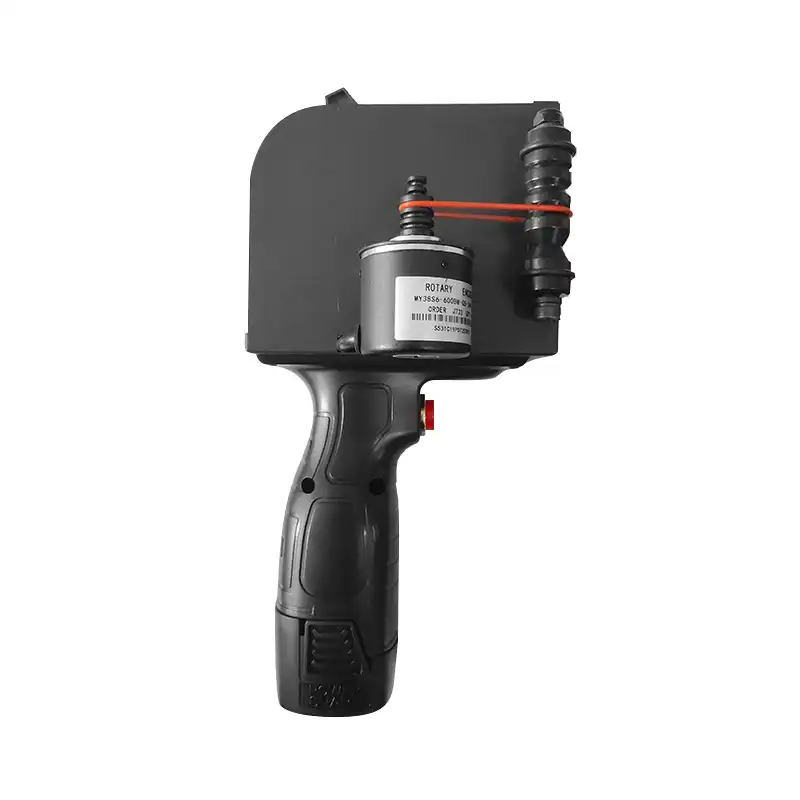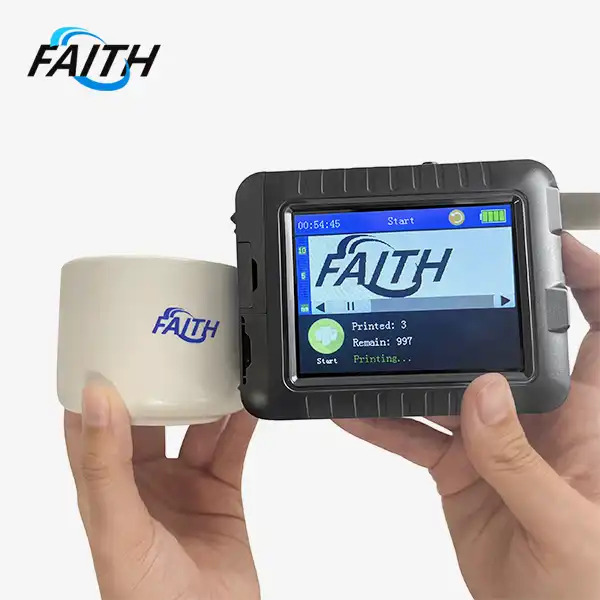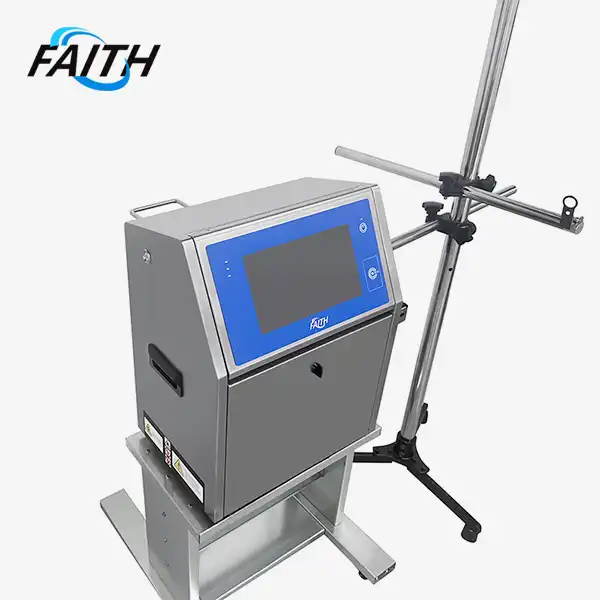Optimizing Industrial Printing with DOD Printer Technology
In the ever-evolving landscape of industrial printing, Drop-on-Demand (DOD) printer technology has emerged as a game-changer, revolutionizing the way businesses approach their printing needs. This innovative technology offers unparalleled precision, versatility, and efficiency, making it an indispensable tool for various industries. In this comprehensive guide, we'll delve into the intricacies of DOD printer technology, explore its myriad applications, and uncover how it's reshaping the future of industrial printing.
Comprehending the Mechanics of DOD Printer Technology
At the core of DOD printer technology is an advanced system that delivers ink droplets with exceptional precision. Unlike conventional continuous inkjet printers, DOD printers release ink droplets only when necessary, ensuring higher print quality and minimizing waste. This on-demand ink ejection is made possible by either thermal or piezoelectric printheads, which generate droplets as needed. As a result, DOD printers offer enhanced efficiency, delivering crisp, accurate prints while conserving ink and reducing environmental impact.
Piezoelectric DOD printers, in particular, have gained significant traction in industrial applications. These printers utilize piezoelectric crystals that deform when an electrical signal is applied, creating pressure waves that force ink through the nozzle. This mechanism allows for precise control over droplet size and placement, enabling high-resolution printing on a wide array of substrates.
The non-contact nature of DOD printing is a crucial advantage in industrial settings. By eliminating direct contact between the printhead and the substrate, DOD printers can effortlessly handle uneven surfaces and delicate materials without risking damage. This capability opens up a world of possibilities for coding and marking on diverse products, from electronics to food packaging.
Enhancing Productivity and Efficiency with DOD Printer Technology
In the fast-paced industrial production environment, efficiency is crucial. DOD printer technology offers key features that enhance productivity and optimize operations. With the ability to print at high speeds without sacrificing quality, DOD printers enable businesses to keep up with tight production timelines. This capability ensures smooth workflow, meeting demanding schedules while maintaining excellent print standards, making DOD printers an ideal choice for high-output, high-precision tasks in industrial settings.
One of the most notable advantages of DOD printers is their compatibility with a wide range of inks. From water-based formulations to UV-curable and solvent-based inks, DOD printers can accommodate various ink types to suit specific application requirements. This versatility enables businesses to optimize their printing processes for different materials and environmental conditions, enhancing overall operational flexibility.
Moreover, DOD printers excel in terms of reliability and uptime. With fewer moving parts compared to traditional printing systems, DOD printers are less prone to mechanical failures, resulting in reduced maintenance requirements and increased production time. The longevity of piezoelectric printheads further contributes to the cost-effectiveness of DOD printing solutions, as they can withstand millions of actuations before requiring replacement.
The integration of DOD printers into existing production lines is relatively straightforward, thanks to their compact design and advanced connectivity options. Many modern DOD printers come equipped with user-friendly interfaces and remote monitoring capabilities, allowing operators to manage multiple printers from a centralized location. This level of control not only improves efficiency but also enables real-time quality assurance and traceability.
Expanding Horizons: Applications and Future Trends in DOD Printing
The versatility of DOD printer technology has led to its adoption across a wide spectrum of industries. In the pharmaceutical sector, DOD printers are instrumental in producing high-quality, tamper-evident labeling and variable data printing for regulatory compliance. The food and beverage industry leverages DOD technology for date coding, lot numbering, and product identification, ensuring traceability throughout the supply chain.
In electronics manufacturing, DOD printers are essential for printing circuit boards and applying conductive inks in flexible electronics. Their ability to deposit precise amounts of material with micron-level accuracy makes DOD technology perfect for these high-precision tasks. This precision ensures the creation of intricate designs and reliable electrical connections, making DOD printers a key tool in producing advanced electronic components and ensuring consistent performance in cutting-edge electronic products.
Looking ahead, the future of DOD printer technology appears incredibly promising. Ongoing research and development efforts are focused on further improving print resolution, expanding the range of compatible materials, and enhancing the sustainability of DOD printing processes. Innovations in nanoparticle inks and functional printing are opening up new avenues for DOD technology in areas such as 3D printing and bioprinting.
The integration of artificial intelligence and machine learning algorithms into DOD printing systems is another exciting frontier. These advanced technologies have the potential to optimize print parameters in real-time, predict maintenance needs, and even enable self-correcting printing processes, further elevating the efficiency and reliability of DOD printers.
As industries continue to embrace digital transformation, the role of DOD printer technology in enabling smart manufacturing and Industry 4.0 initiatives is becoming increasingly significant. The ability to print variable data and unique identifiers on products facilitates improved traceability, inventory management, and anti-counterfeiting measures.
Conclusion
DOD printer technology has undoubtedly revolutionized the industrial printing landscape, offering unparalleled precision, versatility, and efficiency. As businesses across various sectors recognize the immense potential of this technology, we can expect to see continued innovation and widespread adoption in the coming years. For those seeking to optimize their industrial printing processes and stay ahead of the curve, exploring DOD printer solutions is a crucial step. Whether you're looking to enhance product traceability, improve operational efficiency, or expand your printing capabilities, DOD technology offers a world of possibilities.
To learn more about how DOD printer technology can transform your industrial printing operations, or to explore customized solutions tailored to your specific needs, don't hesitate to reach out to our team of experts at sale01@sy-faith.com. We're here to help you harness the power of cutting-edge printing technology and drive your business forward.
References
1. Wijshoff, H. (2010). The dynamics of the piezo inkjet printhead operation. Physics Reports, 491(4-5), 77-177.
2. Hoath, S. D. (Ed.). (2016). Fundamentals of Inkjet Printing: The Science of Inkjet and Droplets. John Wiley & Sons.
3. Zapka, W. (Ed.). (2017). Handbook of Industrial Inkjet Printing: A Full System Approach. John Wiley & Sons.
4. Magdassi, S. (Ed.). (2009). The Chemistry of Inkjet Inks. World Scientific.
5. Hutchings, I. M., & Martin, G. D. (Eds.). (2012). Inkjet technology for digital fabrication. John Wiley & Sons.
Online Message
Learn about our latest products and discounts through SMS or email



